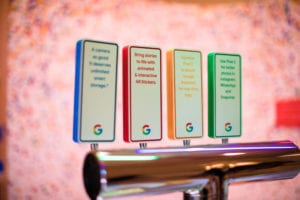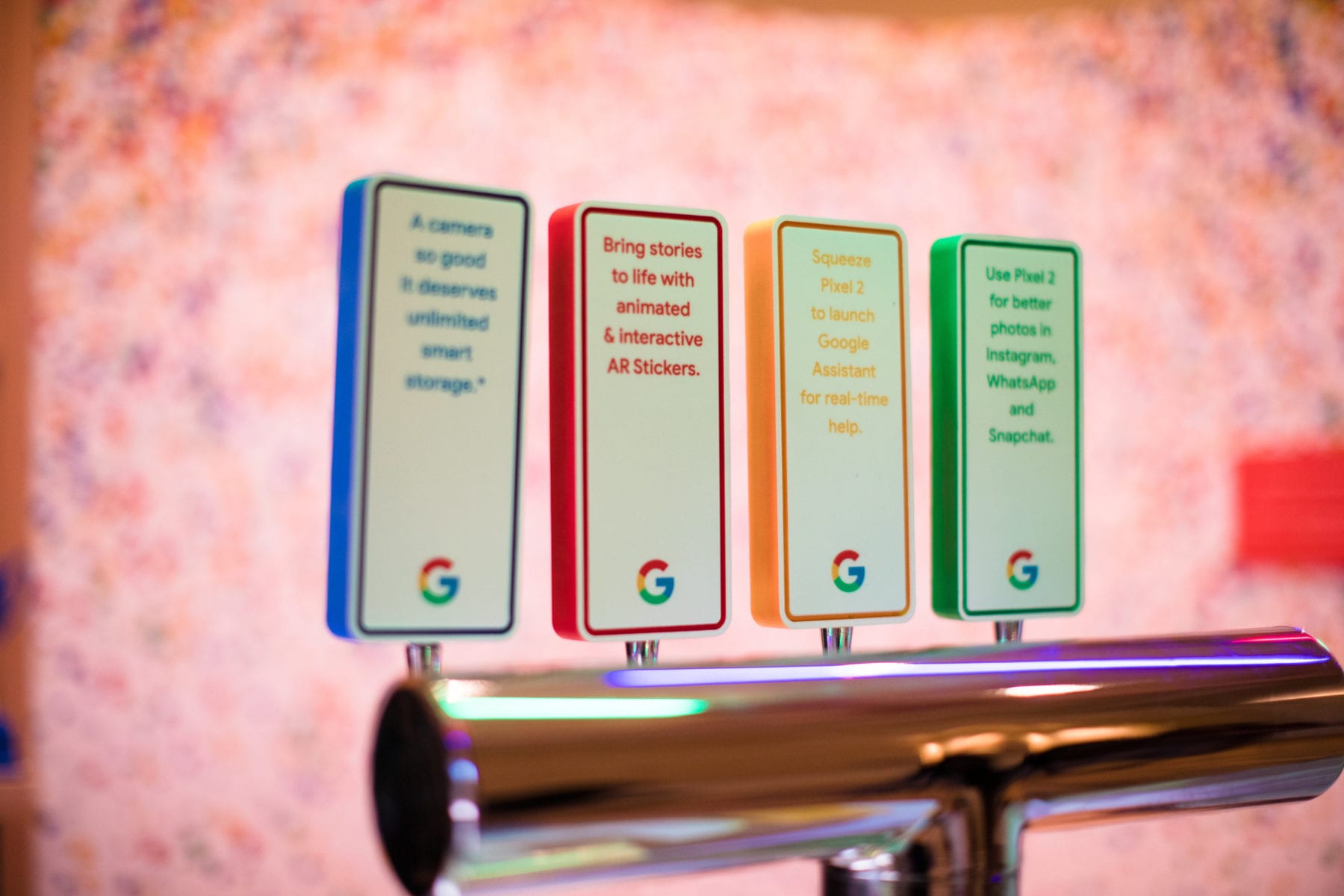I want to hazard a guess: the portion of your marketing budget dedicated to event sponsorships is the least scrutinized portion of your budget every year.
So often, higher-ups are more concerned about the cost of business cards and pens! If that seems odd, it’s because, well, it is.
I mean, we get it. Sponsorships—of nonprofits and charity events, sporting events and festivals—are supposed to be about giving. But what leadership often forgets is that responsible giving is better for both parties. The more effective your sponsorships, the more your business will grow, and the more you’ll be able to contribute in the future.
Here are our thoughts on taking back the sponsorship for your brand:
Become an ROI Superstar—Starting with Sponsorship Packages

In the past, you may have been forced to be satisfied with your logo in a program or on a roll of raffle tickets, but now, be intentional about discussing your sponsorship benefits. Look beyond the logo: what channels provide direct communication with guests? How will your company’s presence be framed for guests?
If your company has sponsored an event for X number of years and key stakeholders are reluctant to give it up, try to negotiate sponsor benefits that are more mutually beneficial. Or request a sponsorship packet from alternative events and present a side-by-side comparison to your team.
Ideas for Making a Sponsorship Count

Once you’ve chosen an event, don’t leave the ROI up to the sponsorship package. The ball is still in your court to maximize your investment and thoughtfully plan your activation. Think of activation as “switching on” your sponsorship.
As we’ve said before regarding the power of live music, guests remember the experience, not a sign or banner. Guests want to interact, engage, and often receive something free. (But this doesn’t mean you have to give away the farm in swag.)
Events, unlike some traditional media, can provide the following experience:
- Interactive: Events create an opportunity for dialogue between brands and consumers. Activations like .gif booths, mural painting, live t-shirt printing are crowd favorites for interaction and they will carry your brand long after the event.
- Emotional: Events tap into topics, themes, and causes that guests are passionate about. Create your activation to work seamlessly with the event’s theme, try to incorporate socially conscious details into your sponsorship that can resonate with your guest.
- Relevant: People are at events because they choose to be there and are looking to gain from their experience. Know your audience and educate yourself on trends.
- Immersive: Sponsors can make an impact on brand awareness through multiple touch-points and components throughout the event. Your activation doesn’t have to be static. Think of ways to engage the 5 senses from guests’ arrival, time at the event, and their departure.
It’s important to remember these benefits when planning your brand’s activation at the event. Does your activation engage audiences? If you are giving something away, are you gathering important data in return? Is your activation “selfie-worthy?”
Conclusion
Sponsorships can easily consume a huge portion of the annual budget without any return on your investment. Getting your ROI from sponsorships is better for your company and the sponsorship recipient long-term.
Optimize sponsorship packages according to your brand and marketing priorities. Then, activate your sponsorship, and make the most out of a unique opportunity to interact with your audience face-to-face.












0 COMMENTS